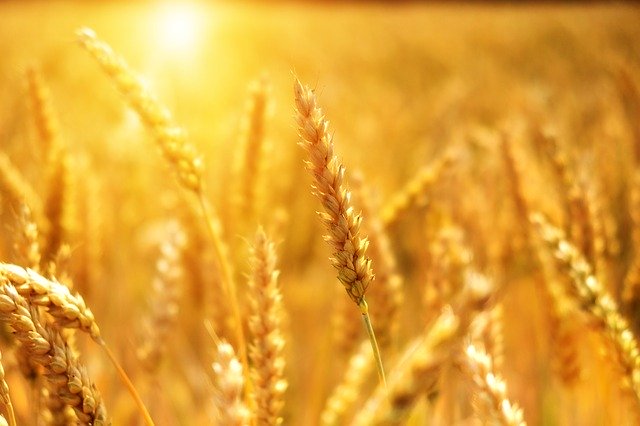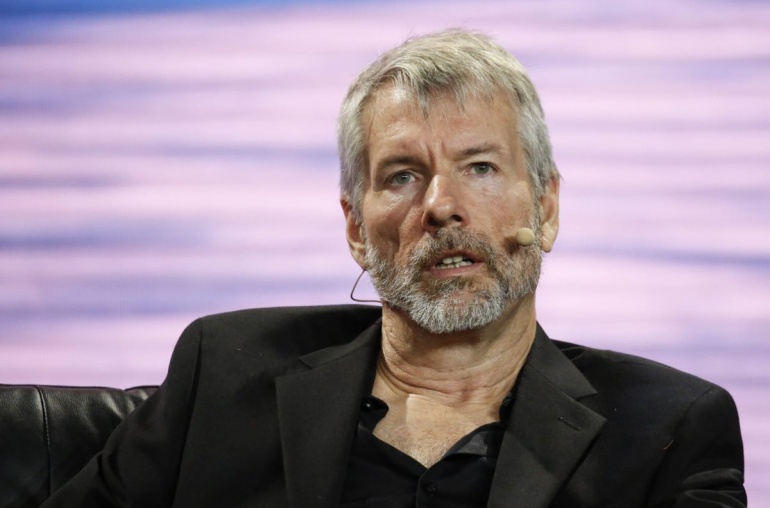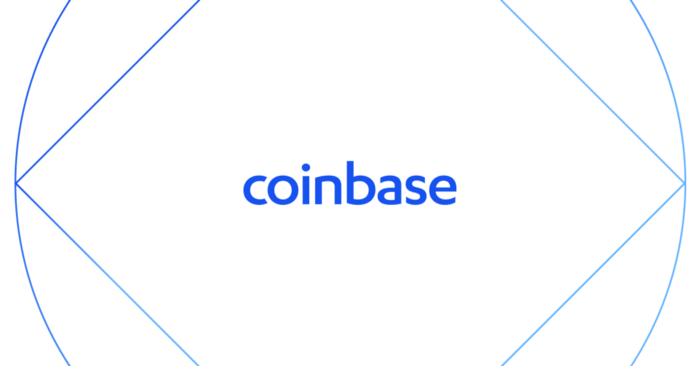
- Damaged Ukrainian agricultural infrastructure will take years to repair, meaning that shortages in key agricultural commodities will persist for some time
- Climate change and inflation had already put pressure on food prices, but the Russian invasion of Ukraine will add to these pressures for years, even if the conflict were to end now
As Russian bombs land on Ukrainian cities, millions of dead lay scattered across the pockmarked landscape, but these aren’t Ukrainians, they’re chickens, dying of thirst and starvation as the invasion has wreaked havoc on Ukraine’s crucial agricultural sector.
Ukraine is a key global exporter of wheat, sunflower oil and other produce.
Dubbed the “breadbasket” of Europe, Ukraine is the world’s seventh-largest exporter of chicken eggs, according to market intelligence provider IndexBox and it also is responsible for providing 10% of global wheat exports, 14% of corn and about half of the world’s sunflower oil, according to the U.S. Department of Agriculture.
The Russian invasion of Ukraine has meant that these crucial commodity and agricultural exports have been absent from global markets, driving up prices from alternative sources.
Conflict has closed off ports, deprived Ukrainian farmers of fertilizer and fuel, destroyed equipment and displaced workers.
Soaring grain prices have already piled pressure on emerging market economies struggling with food-cost inflation.
While the Ukrainian government predicts that 25% less land will be planted this spring than usual, most experts say that forecast is too optimistic and by the time the last Russian soldier leaves Ukraine, its agricultural production could be less than half what it was before the invasion.
The destruction of Ukraine’s agricultural infrastructure will have lasting impact on commodity markets for years to come, and that’s not even accounting for Russia’s exclusion from global markets, where it is a key supplier of fertilizer and the materials used to make fertilizer.
According to the European Bank for Reconstruction and Development, as much as 60% of Ukraine’s annual economic output has been affected by the Russian invasion.
And even if the war ends now, which is unlikely, it will take years before Ukraine regains its pre-war agricultural production, which will mean that agricultural commodity prices are likely to remain elevated for some time.
The vacuum left in the wake of Ukraine’s absence from global agricultural commodity markets comes at a time when food prices had already been on the rise and food insecurity globally is at its highest levels.
Even before the first Russian tank rolled into Ukraine, global food prices had hit a record high in February, climbing 24% year-on-year, following a 4% month-on-month rise.
If Russia should cease its invasion of Ukraine, it will still take time for Ukraine to rehabilitate its heavily-damaged farmland, and that’s not including the clearance of thousands of unexploded ordinance covering the countryside.



